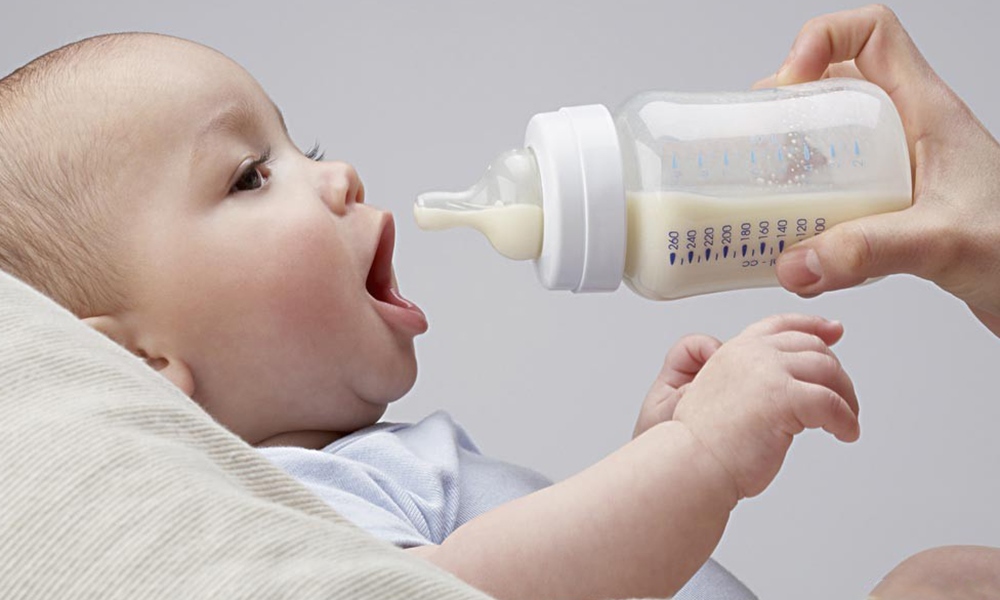
On February 13, 2023, the Department of Food Safety Standards, Monitoring and Evaluation issued a public consultation on the draft of the General Rules on Infant Formula for Special Medical Purposes. The deadline for public comments is March 20, 2023.
If approved it will replace the General Rules of Infant Formula Food for Special Medical Purposes (GB 25596-2010). We have highlighted seven major changes laid out in the draft.
Details are as follows:
1. Terms and definitions have been amended – product status requirements have been removed, and product status is no longer limited to liquid or powder
Note:
1) This is consistent with the standard of common infant formula food;
2) This is based on the continuous development of production technology and consumer demand for diversified products; and
3) Global standards do not specify product status.
2. Categories of infant formula for special medical purposes have been expanded from six to 13
Note:
1) The draft adds: ① ketogenic formula, ② anti-reflux formula, ③ abnormal fat metabolism formula, ④ high energy formula, ⑤ protein component and ⑥ middle chain fat component, and clears the technical indicators;
2) "Milk protein hydrolyzed formula or amino acid formula" is divided into two separate categories: ① milk protein hydrolyzed formula and ② amino acid formula.
3) Compared with GB 25596-2010 and its interpretation, some new technical requirements for food categories are added as follows:
Food category | Major changes in technical requirements | Note |
Breast milk nutritional supplement | Proteins can be hydrolyzed; | New technical requirements |
Amino acid metabolism disorder formula | The energy content per 100mL of the product in a ready-to-eat state should be between 250kJ(60kcal) and 418kJ(111kcal). | New technical requirements and higher energy ceilings |
Milk protein deep hydrolyzed formula | The energy content per 100mL of the product in a ready-to-eat state should be between 250kJ(60kcal) and 418kJ(111kcal). | New technical requirements and higher energy ceilings |
Amino acid formula | The energy content per 100mL of the product in a ready-to-eat state should be between 250kJ(60kcal) and 418kJ(111kcal). | New technical requirements and higher energy ceilings |
3. New restrictions on carbohydrate sources: sucrose and fructose should not be used as carbohydrate sources
Note: The existing guidelines only stated that fructose should not be used as a source of carbohydrates. The change is in line with changes in standards for common infant formula foods.
4. The minimum or maximum values of some nutrients in essential ingredients have been adjusted
Note: In the draft, the content range of required ingredients has been adjusted, and the major changes in several nutrients are as follows:
1) The upper limit of energy value increases from 250-295kJ/100ml to 250-314kJ/100ml;
2) The content range of protein and fat increased, with protein from 0.45-0.70g/100kJ to 0.43-0.84g/100kJ, fat from 1.05-1.40g/100kJ to 0.84-1.43g/100kJ;
3) Lower limit requirements of "sodium" and "chlorine" were deleted, sodium changed from 5-14mg/100kJ to N.S-20mg/100kJ, chlorine changed from 12-38mg/100kJ to N.S-52mg/100kJ;
4) Choline changed from a selective ingredient to an essential ingredient.
5. The minimum or maximum values of some nutrients in selective ingredients have been adjusted
Note: In the draft, the content range of selective ingredients has also been adjusted, and the major changes in several nutrients are as follows:
1) The lower limit value of taurine is increased from N.S-3mg/100kJ to 0.8-4.0mg/100kJ;
2) The units of DHA and ARA are changed from "% total fatty acid" to "mg/100kJ or mg/100kcal" to be consistent with the units of other nutrients. At the same time, the lower limit of DHA is increased.
6. Pollutant limit requirements are changed from the list description to "Shall comply with the provisions of GB 2762", and the lead limit shall be adjusted from "≤0.15mg/kg" to "≤0.08mg/kg"
Note: The updated version of GB 2762-2022 will be implemented on June 30, 2023, so that the pollutant limit requirements of the General Rules for Infant Formula Food for Special Medical Purposes will be consistent with the contents of GB 2762.
7. New requirement for labels and markings: the label of anti-reflux formula food should identify the viscosity of the product
If you need any assistance or have any questions, please get in touch with us via service@cirs-group.com.
Reference

